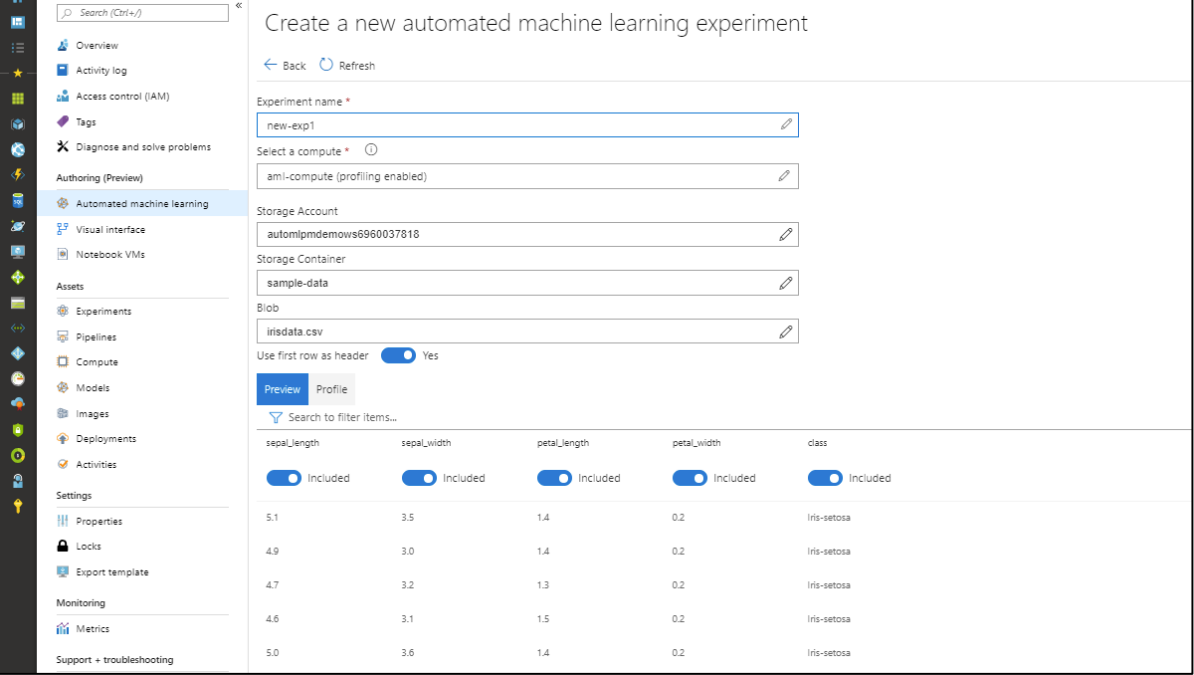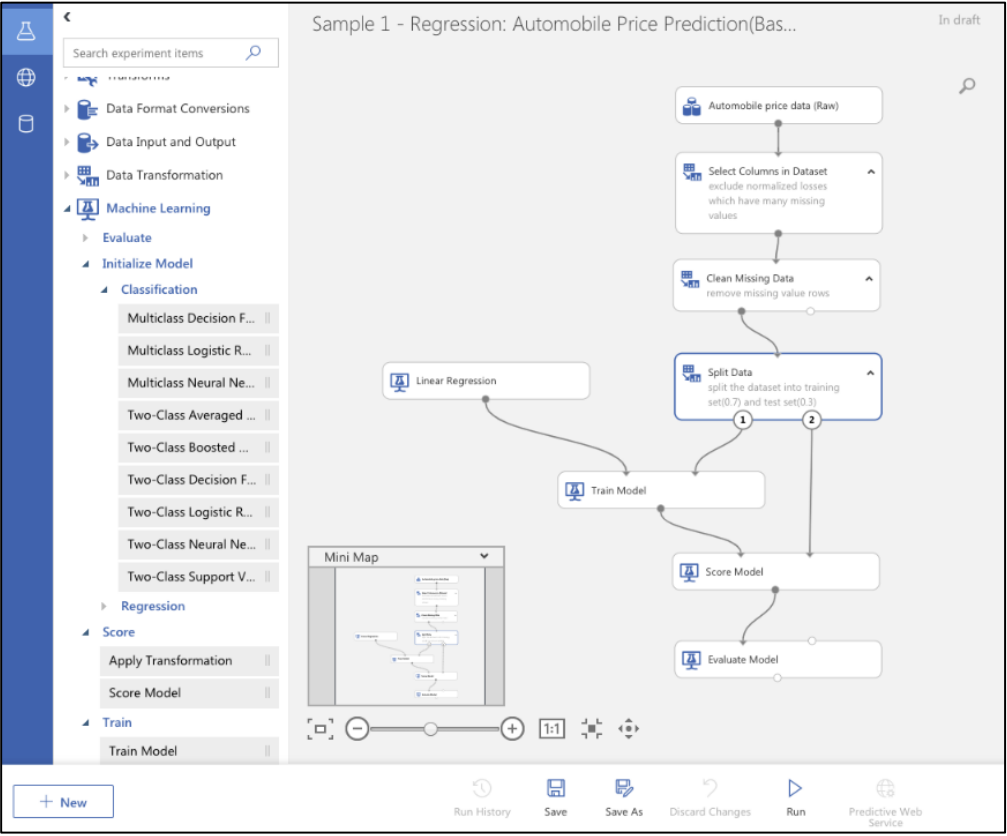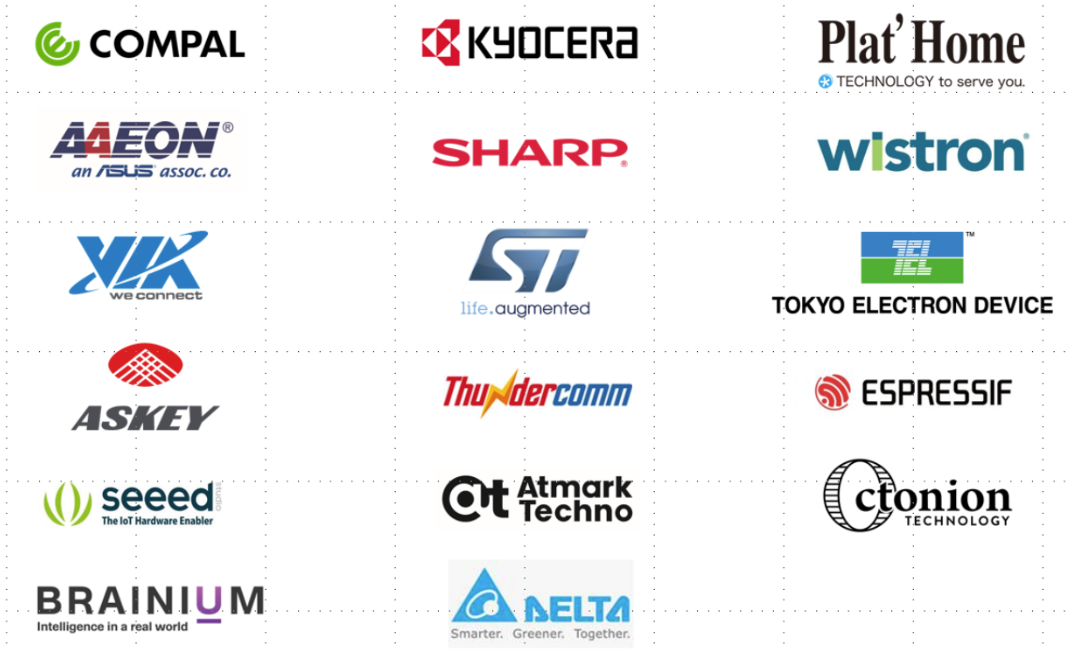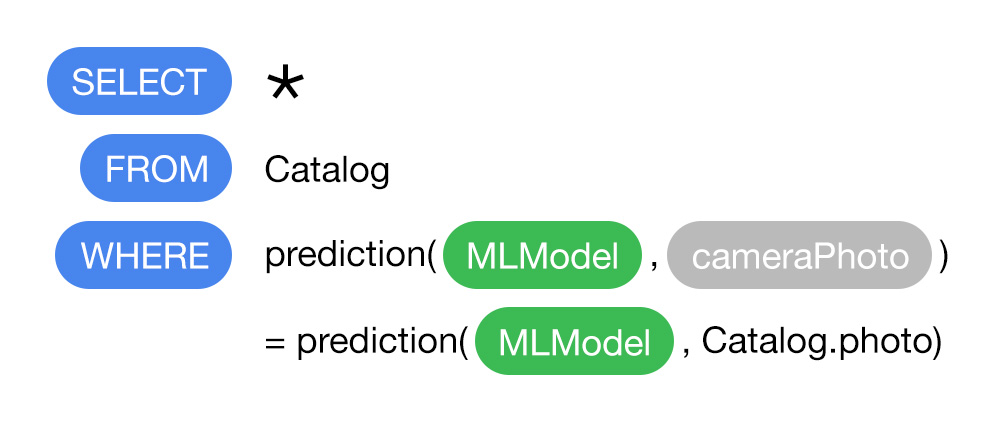Microsoft today announced three new services that all aim to simplify the process of machine learning. These range from a new interface for a tool that completely automates the process of creating models, to a new no-code visual interface for building, training and deploying models, all the way to hosted Jupyter-style notebooks for advanced users.
Getting started with machine learning is hard. Even to run the most basic of experiments take a good amount of expertise. All of these new tools great simplify this process by hiding away the code or giving those who want to write their own code a pre-configured platform for doing so.
The new interface for Azure’s automated machine learning tool makes creating a model as easy importing a data set and then telling the service which value to predict. Users don’t need to write a single line of code, while in the backend, this updated version now supports a number of new algorithms and optimizations that should result in more accurate models. While most of this is automated, Microsoft stresses that the service provides “complete transparency into algorithms, so developers and data scientists can manually override and control the process.”

For those who want a bit more control from the get-go, Microsoft also today launched a visual interface for its Azure Machine Learning service into preview that will allow developers to build, train and deploy machine learning models without having to touch any code.
This tool, the Azure Machine Learning visual interface looks suspiciously like the existing Azure ML Studio, Microsoft’s first stab at building a visual machine learning tool. Indeed, the two services look identical. The company never really pushed this service, though, and almost seemed to have forgotten about it despite that fact that it always seemed like a really useful tool for getting started with machine learning.
Microsoft says that this new version combines the best of Azure ML Studio with the Azure Machine Learning service. In practice, this means that while the interface is almost identical, the Azure Machine Learning visual interface extends what was possible with ML Studio by running on top of the Azure Machine Learning service and adding that services’ security, deployment and lifecycle management capabilities.
The service provides an easy interface for cleaning up your data, training models with the help of different algorithms, evaluating them and, finally, putting them into production.

While these first two services clearly target novices, the new hosted notebooks in Azure Machine Learning are clearly geared toward the more experiences machine learning practitioner. The notebooks come pre-packaged with support for the Azure Machine Learning Python SDK and run in what the company describes as a “secure, enterprise-ready environment.” While using these notebooks isn’t trivial either, this new feature allows developers to quickly get started without the hassle of setting up a new development environment with all the necessary cloud resources.









